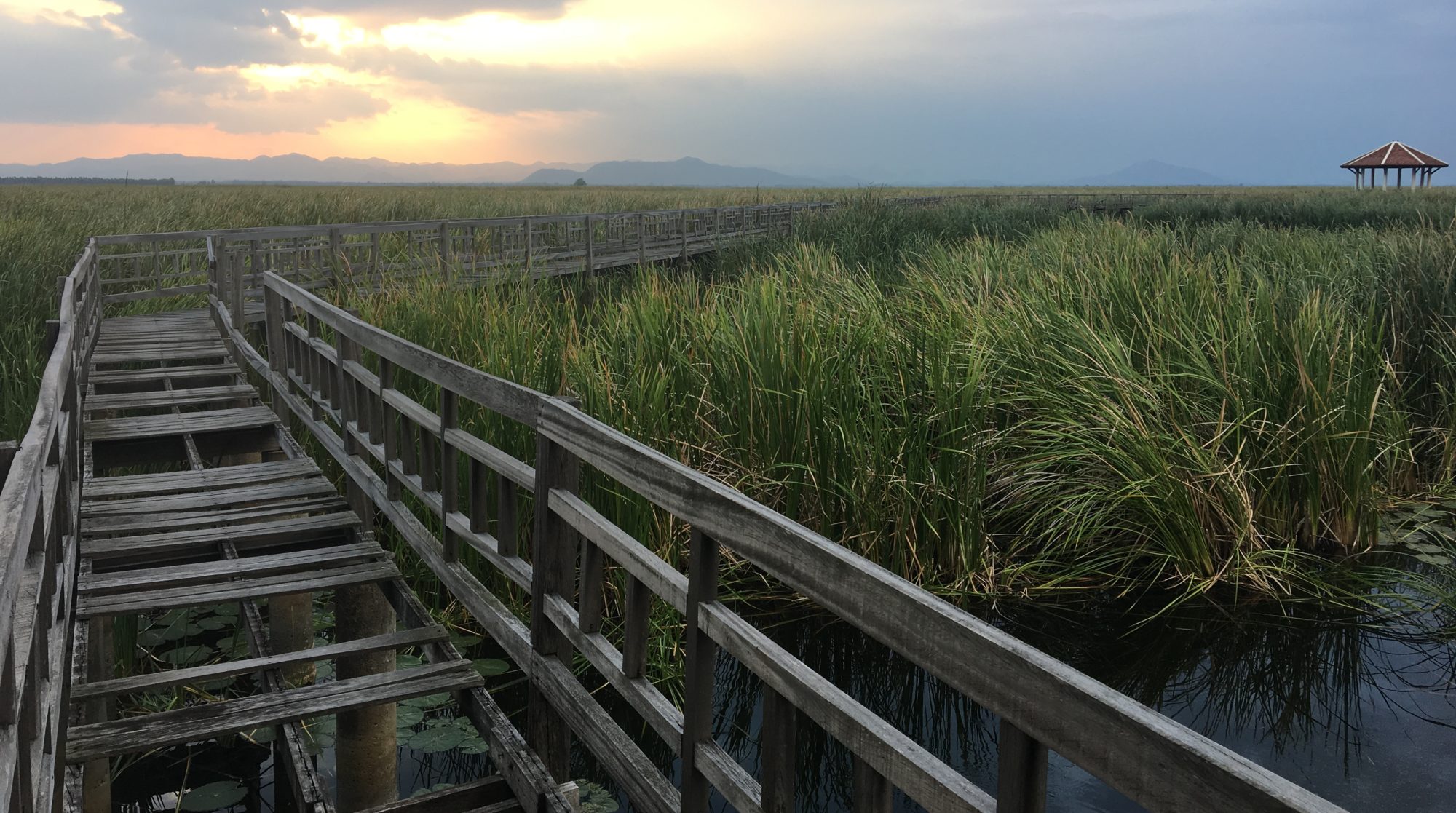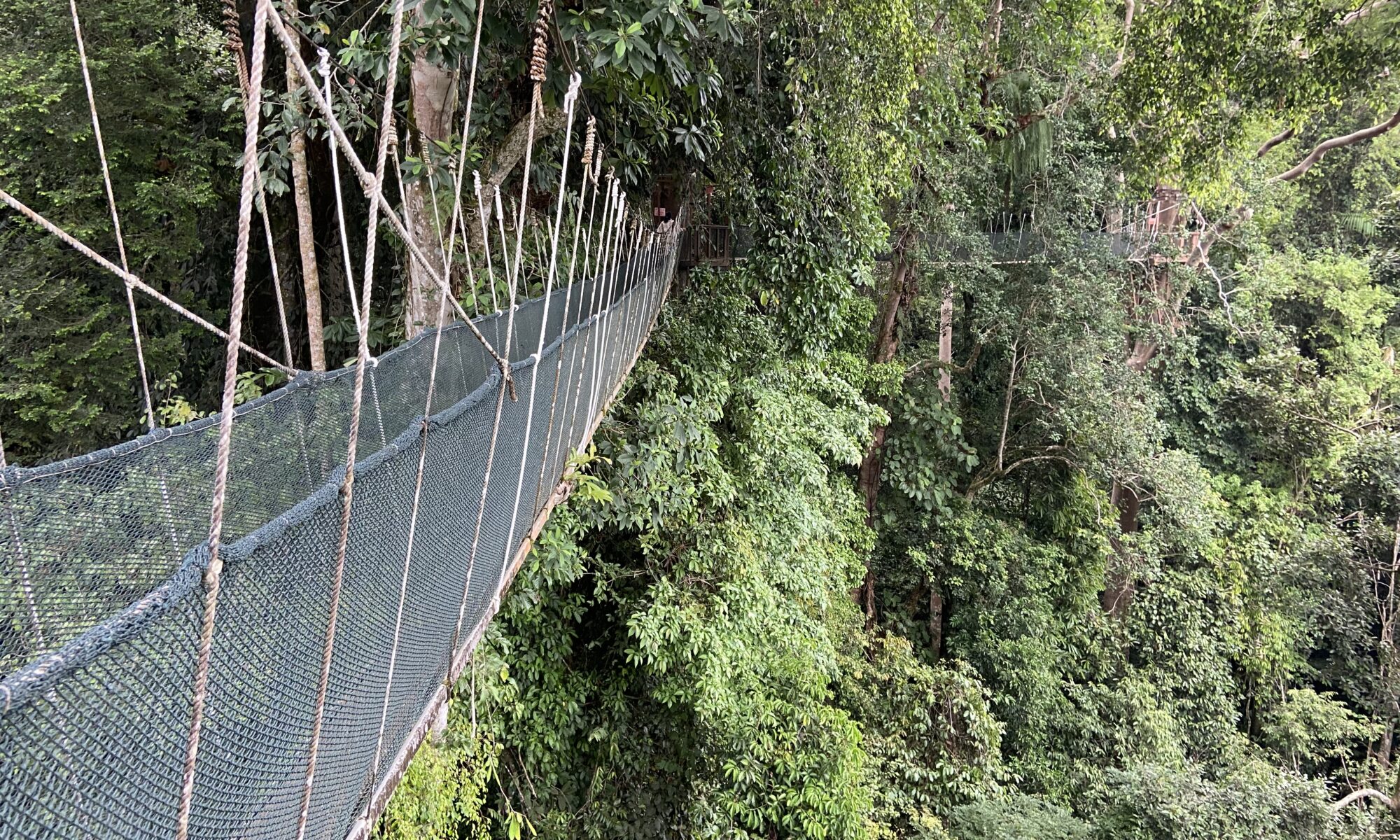I will start off by saying that Malaysia is one of the more underrated tourist destinations in South East Asia.
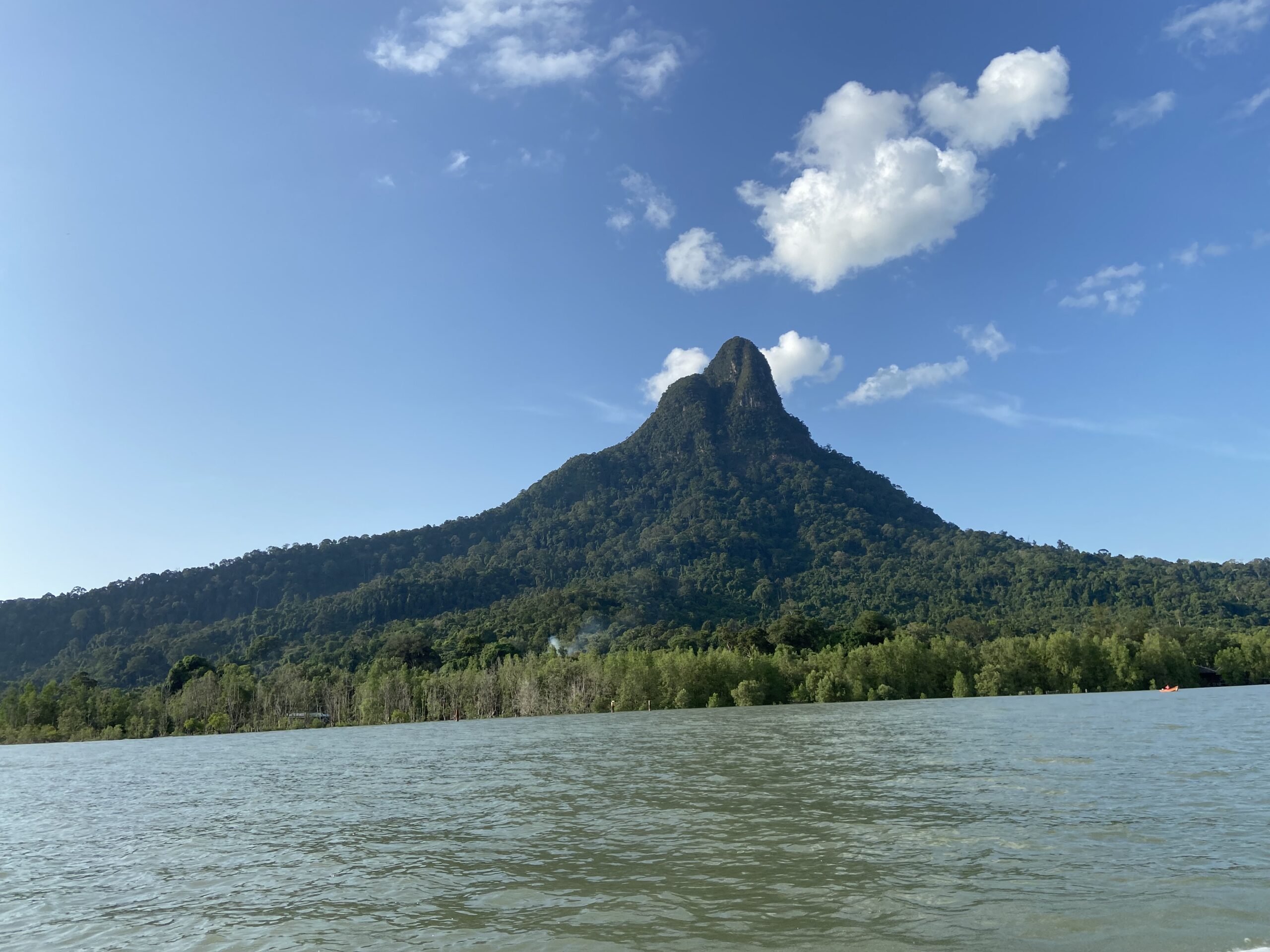
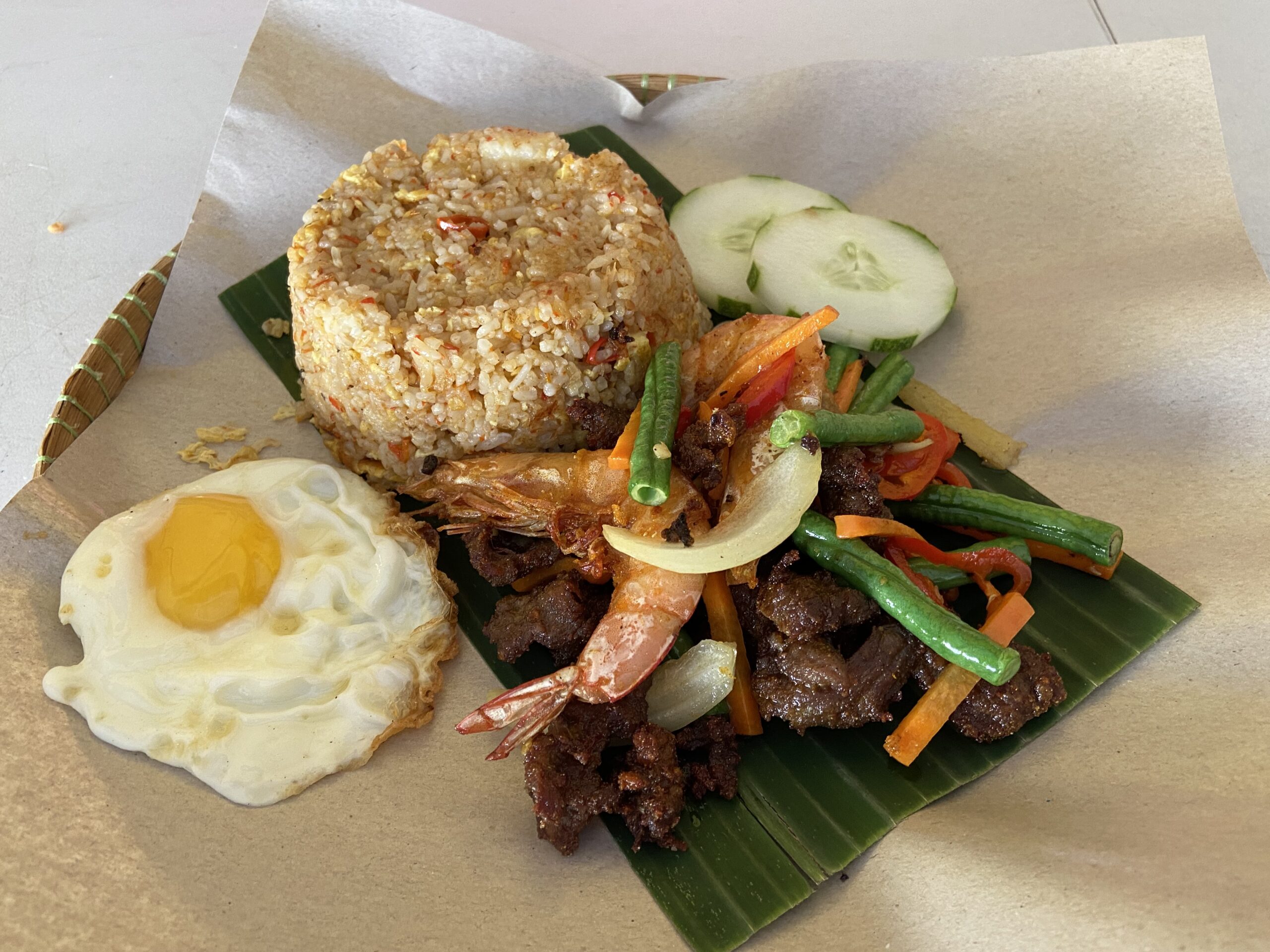
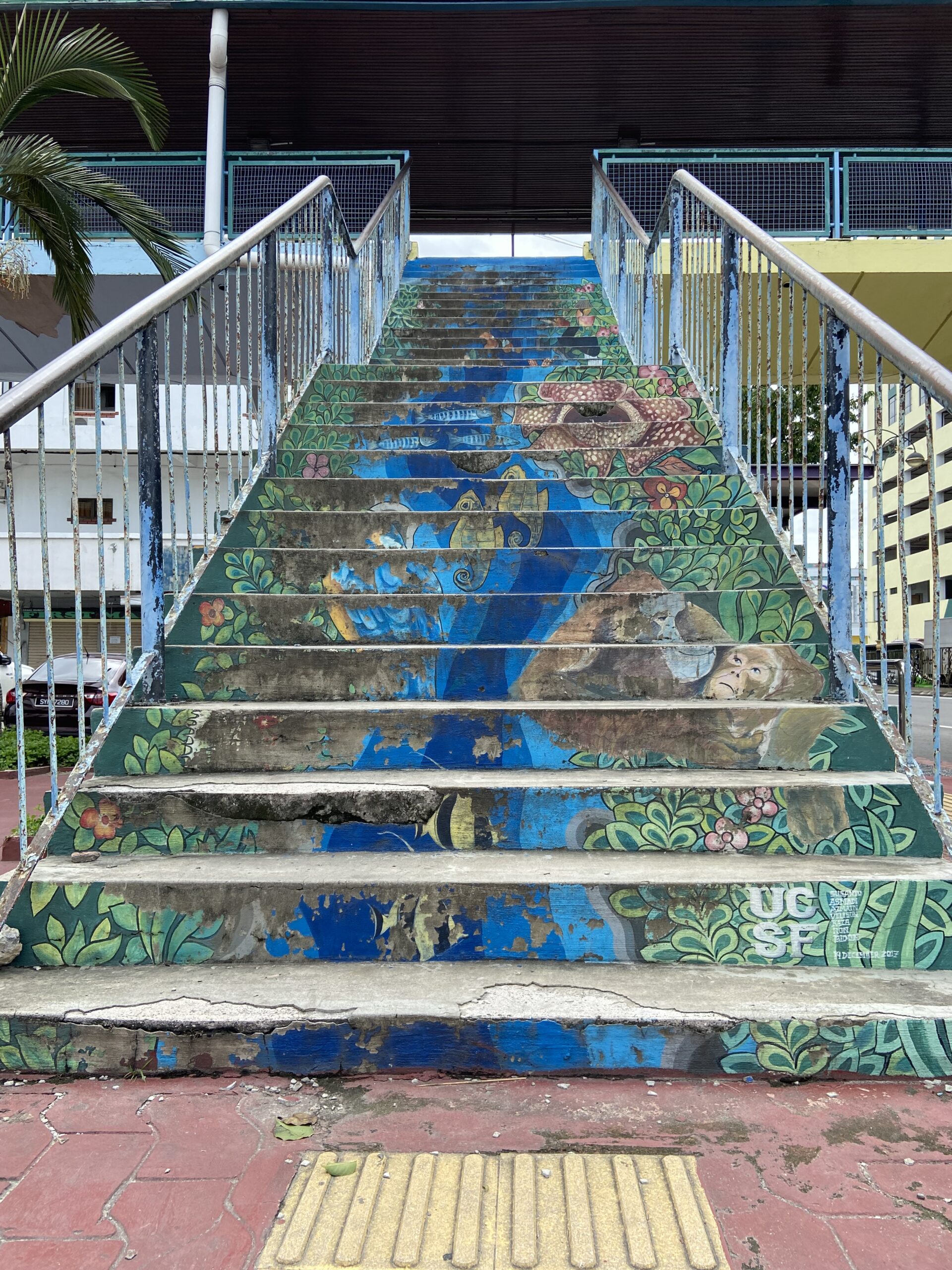
It does not have the same reputation for lively nightlife as Vietnam, Cambodia, and Thailand, which may deter some potential tourists. Its food scene, despite being incredible lively and flavorful, is not well-known in Western countries. When people think of Malaysia, the first thing that comes to mind will likely be the elegant Petronas Towers, but they might draw blanks after that.
At the time I sit and write this, I have visited Malaysia 4-5 times. This is just scratching the surface and I have so much more to learn. However, each time I have seen a new place and have always left wanting to learn and see and eat and do more.
When people think of Borneo, they immediately think of the jungle and maybe an episode of National Geographic that they watched 10 years ago. The island of Borneo is shared between Malaysia, Indonesia, and Brunei. The Malaysian territories, Sarawak and Sabah States are on the northern edge of the island, rubbing against the South China Sea.
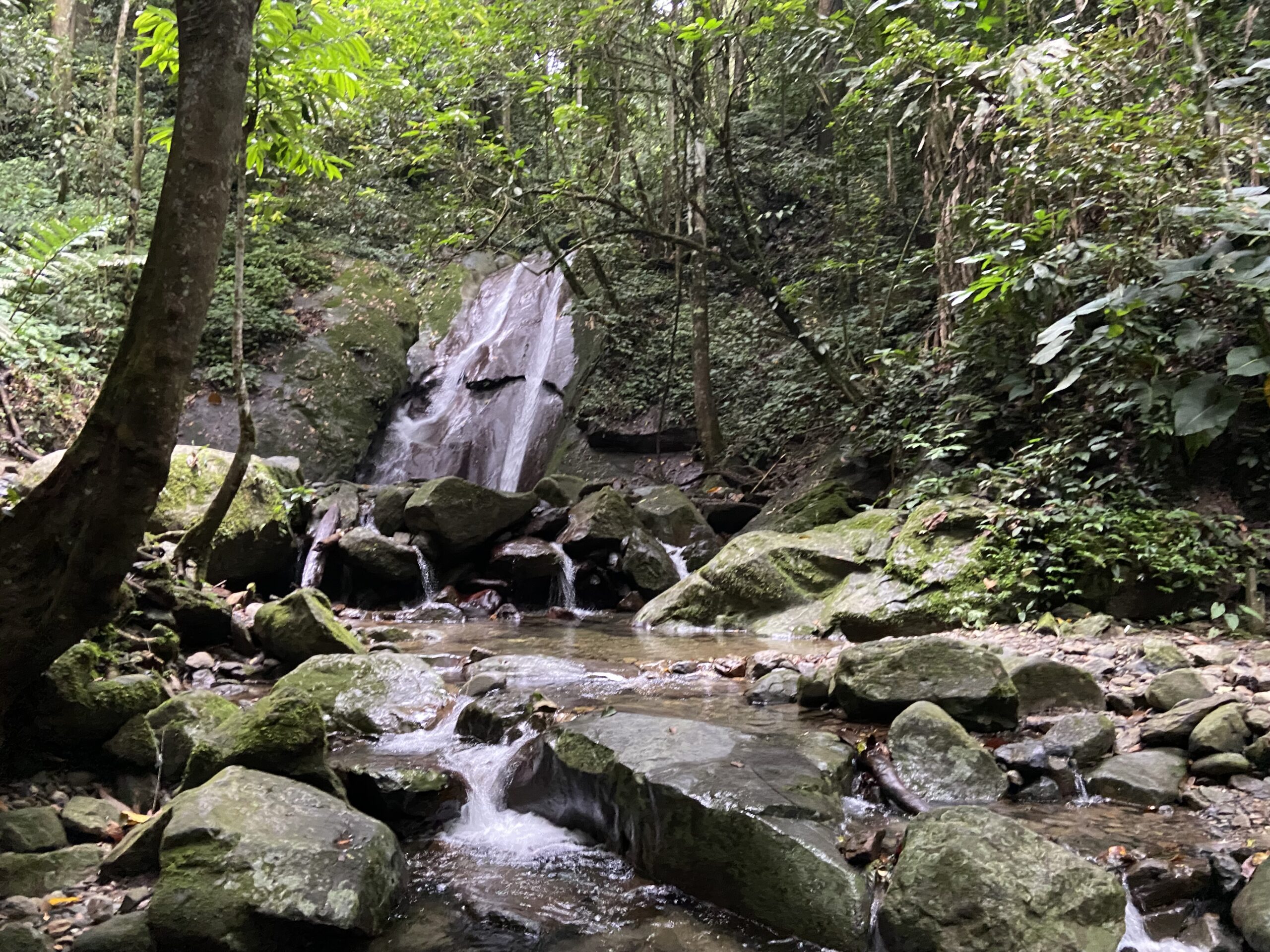
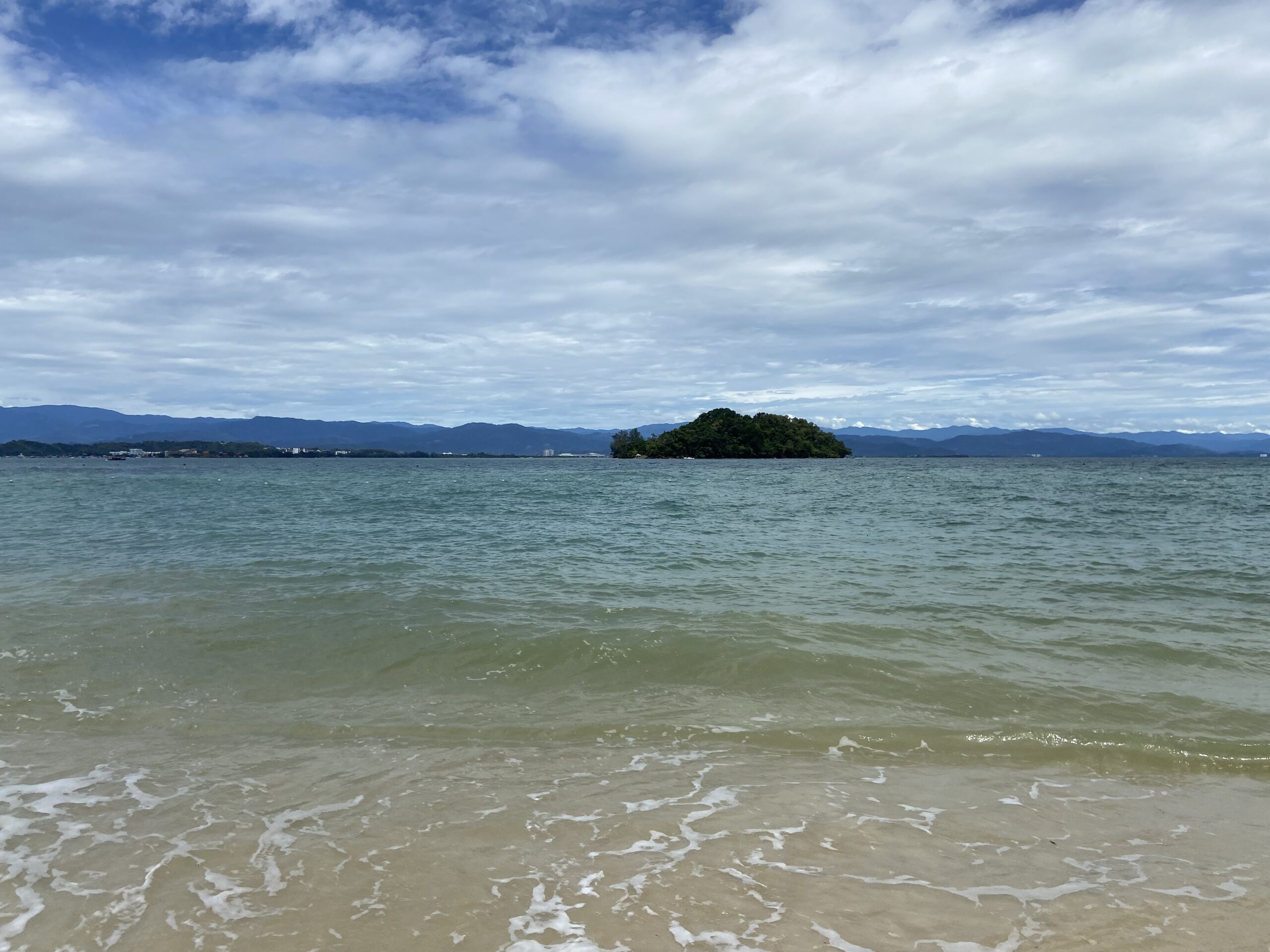
Both of these states demonstrate Borneo’s fame as a biodiversity powerhouse, and when you go, these places serve as a strong reminder to be mindful of your role on this planet.
But Borneo is more than just jungle. In fact it is an ideal place for the “everyday tourist” looking for the balanced trifecta of natural beauty, street food paradise, and rich history. And the local people are also extremely nice.
When I visited Malaysian Borneo, I spent four and a half days balancing my time based in Kota Kinabalu (Sabah) and Kuching (Sarawak). I flew from BKK to Kuala Lumpur (spent a few hours in Putrajaya during the layover) and from KLIA2, I flew directly to Kota Kinabalu. From KKIA, there are frequent flights to Kuching. All of the flights were short and tolerable with budget airlines.
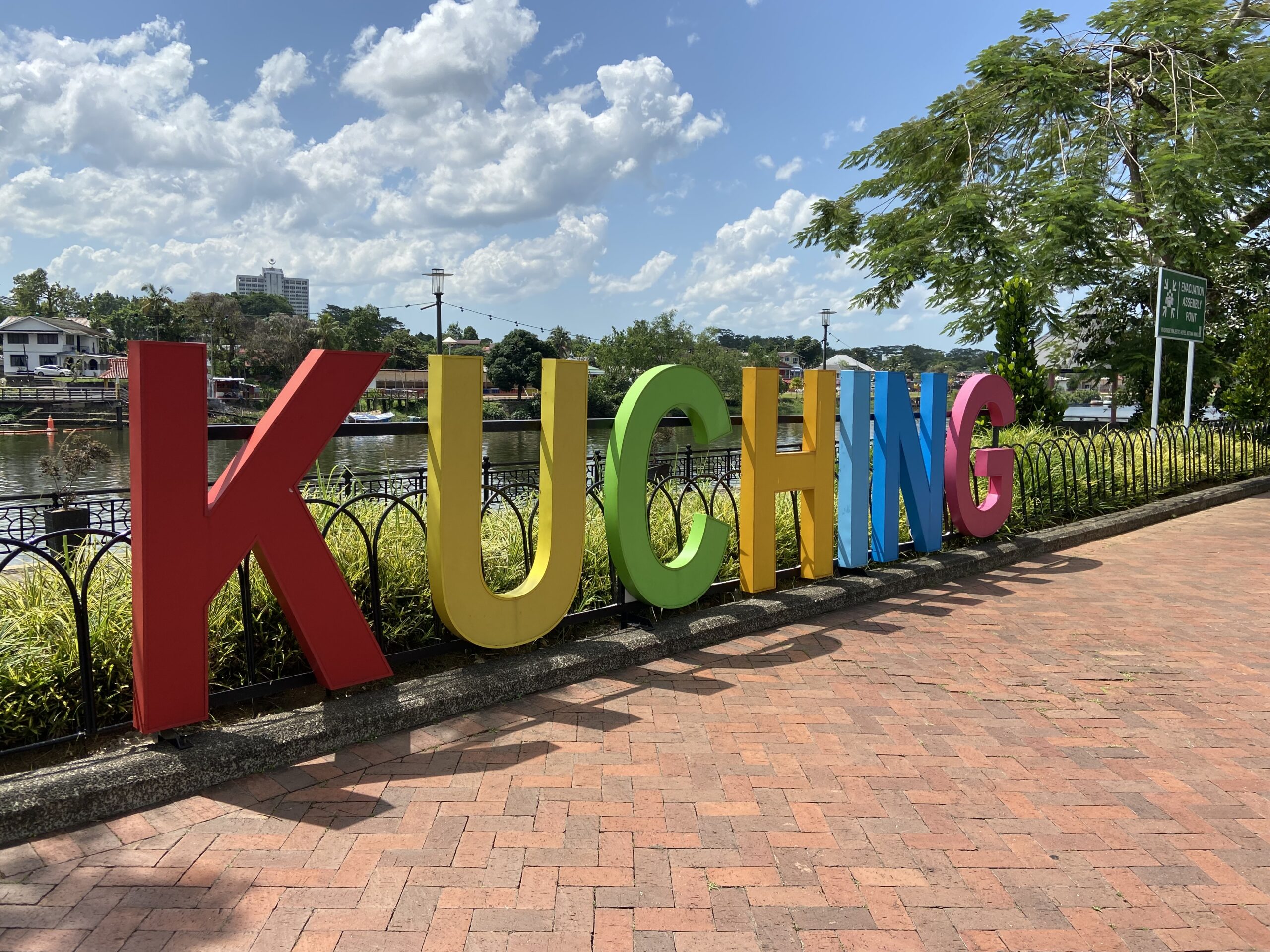
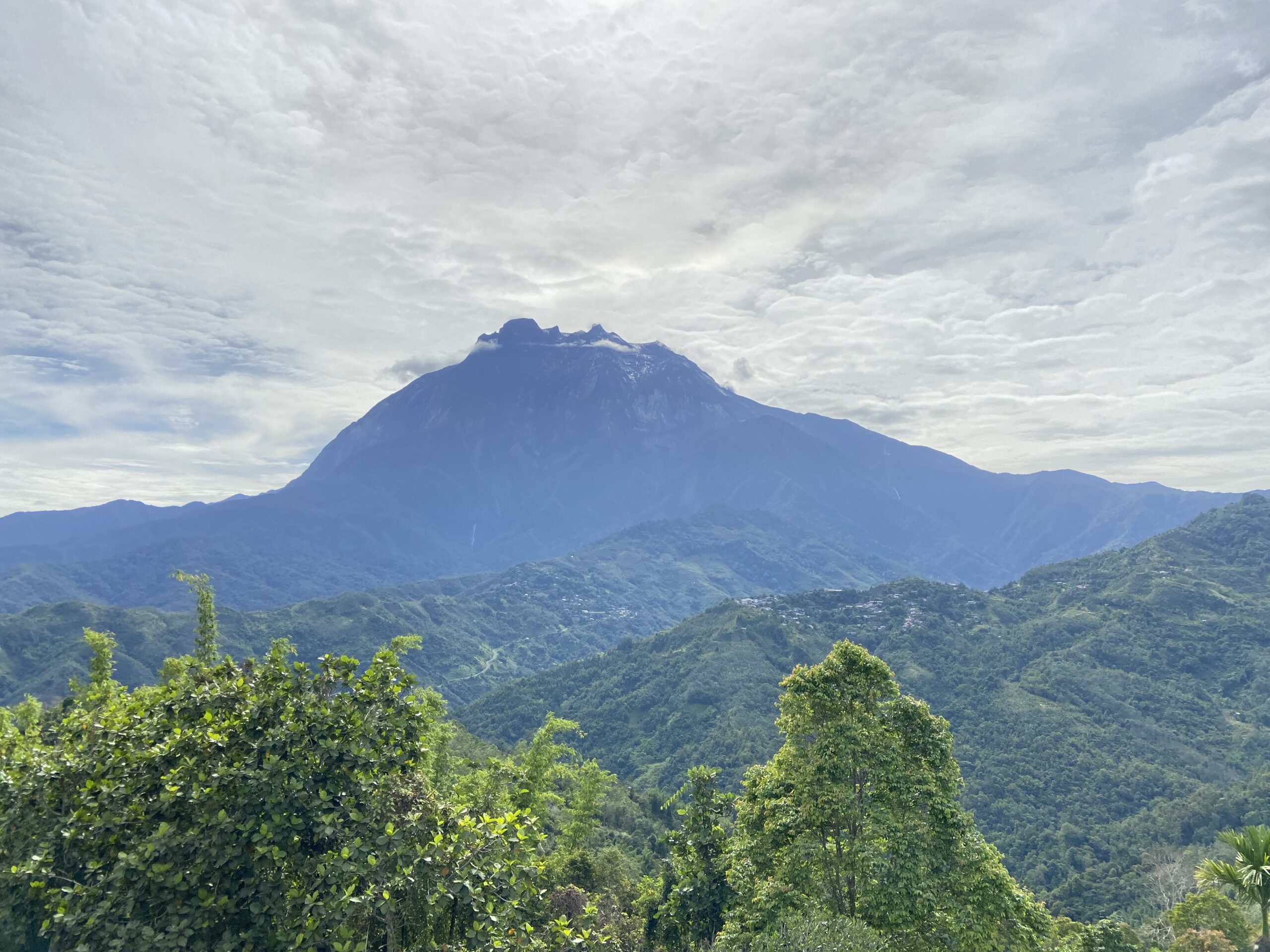
Given a limited budget (in terms of time and money), I was not able to plan for a 7-day guided tour or trek in the jungles or for a climb up Mount Kinabalu. My trip was a mix of non-stop food, wandering around the towns without a set, and a few plan as-you-go for nature-escape activities, which were all easy to book and affordable. This made it a low-effort, low-stress trip, with a lot of great memories.
How did I prepare?
Not as much as I should have. Sarawak and Sabah have fascinating histories, especially post-WWII. It’s good to read a summary of what has happened over the past 70 years and you will find some interesting details, like that people from Sarawak have special privileges when it comes to owning land and domestic travel when compared to other Malaysians. This might explain why you have to go through immigration when flying into Kuching, even when your origin is in Malaysia.
I did watch a few hours of National Geographic and similar nature programs across streaming services. I also watched several YouTube travel vlogs to get an idea of the local street food. I hope I can return the favor to travelers going to Malaysian Borneo for the first time and share some of my experiences for the everyday traveler on how you can spend 4-5 days in Sabah and Sarawak. This trip did whet my appetite for more, and when I return in the future, I plan to visit Sandakan for more of an eco-tourism experience.
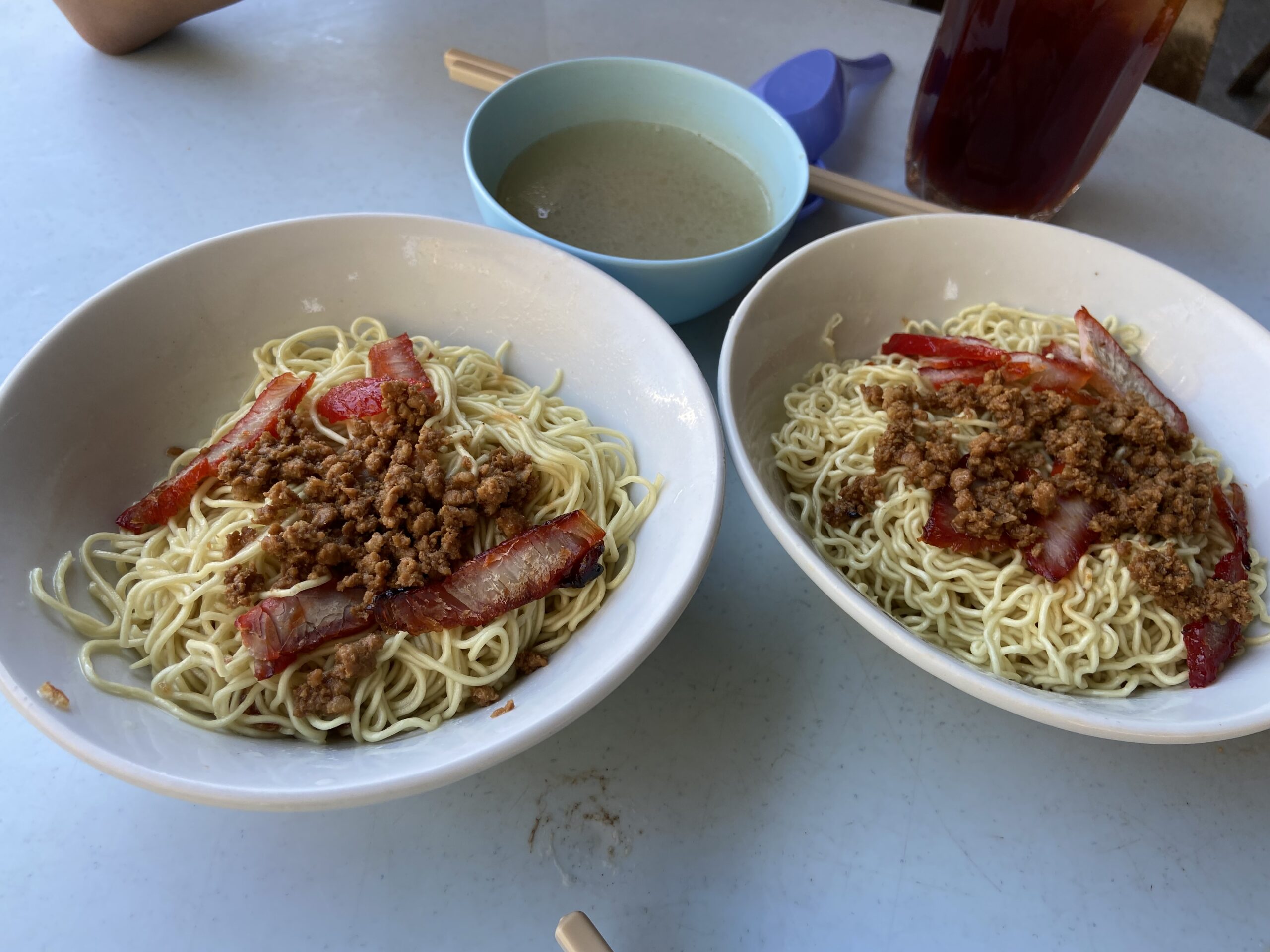
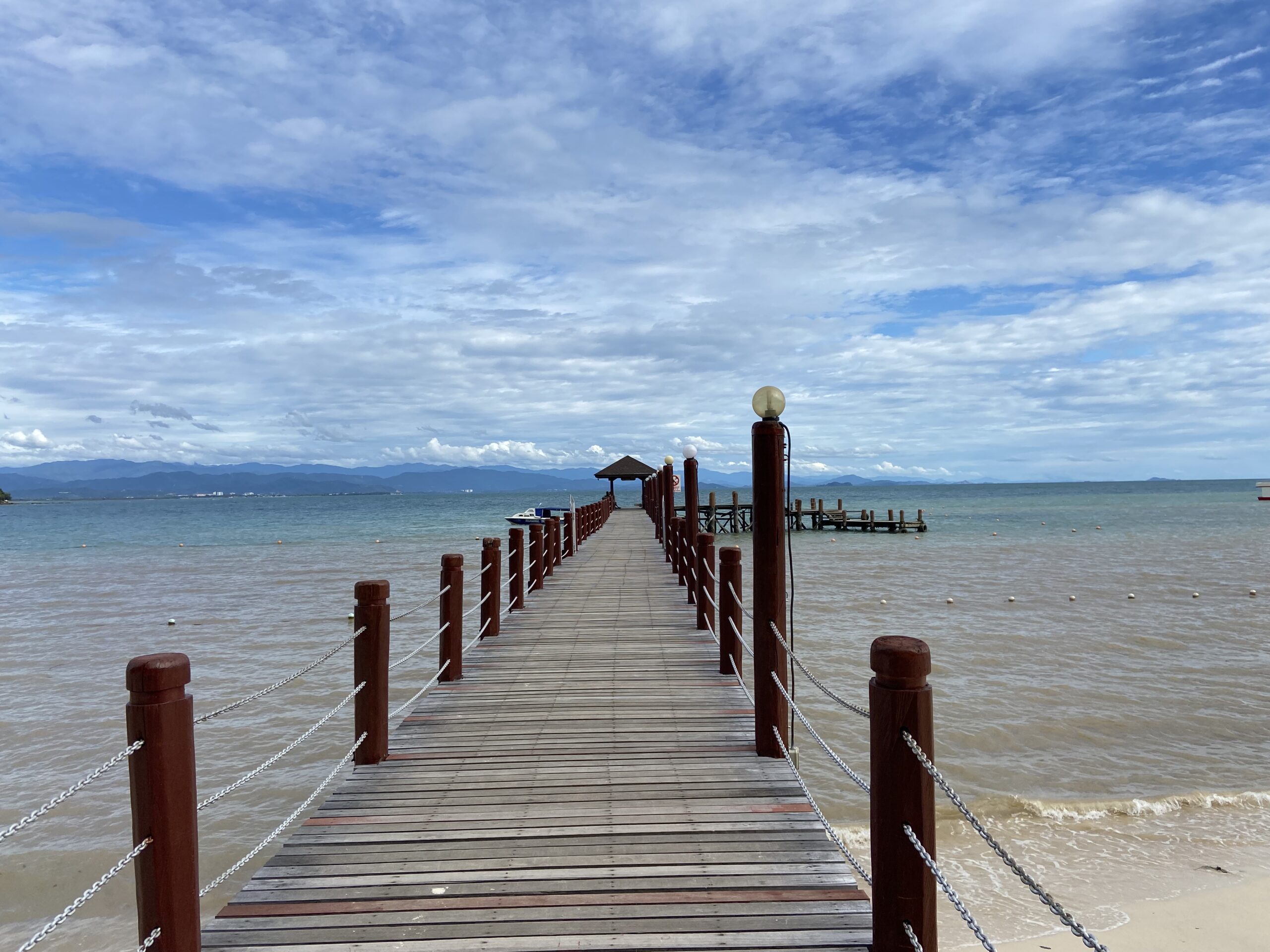
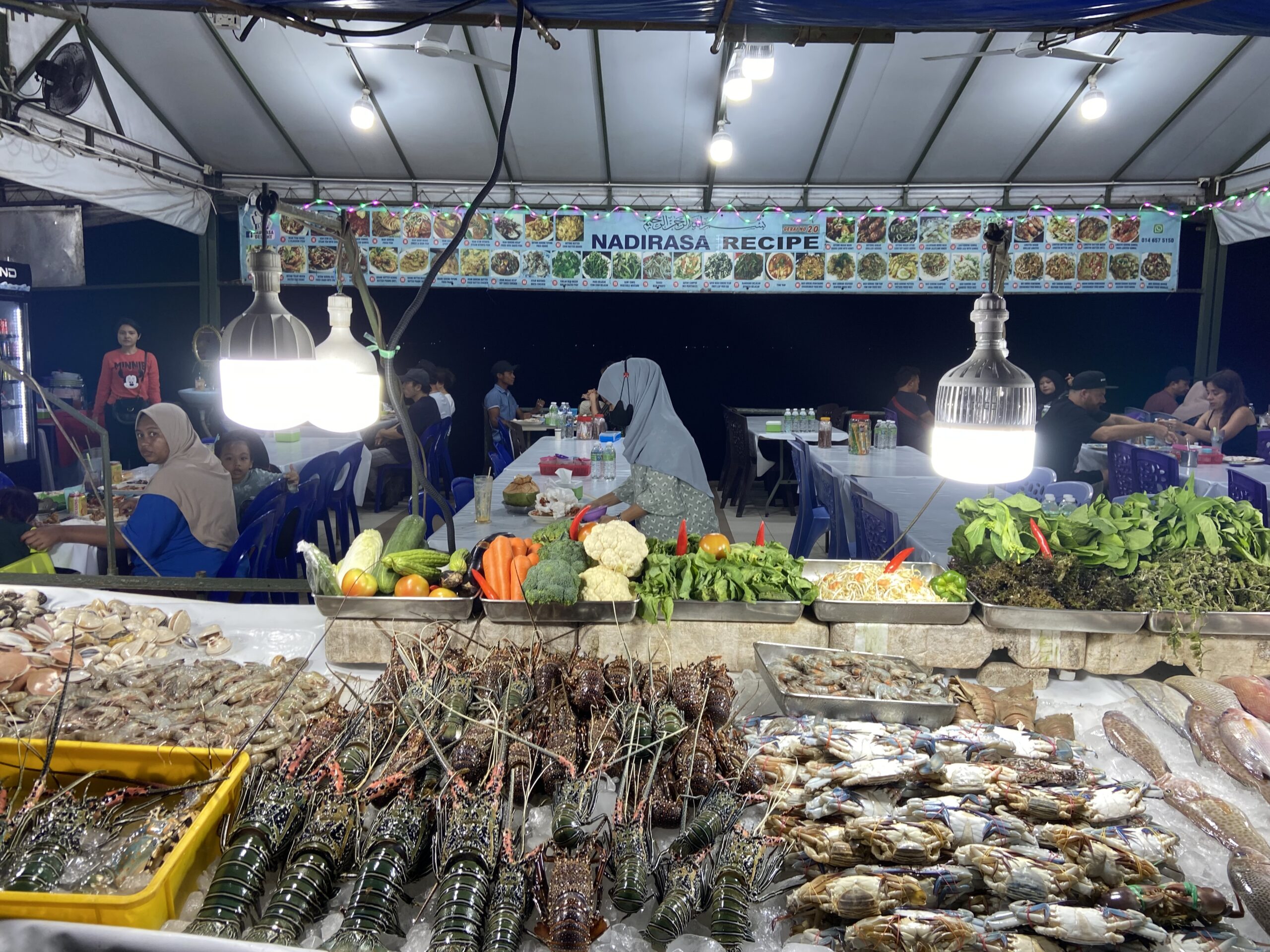
Check out these posts below to read more:
Sabah State:
Sarawak State:
Final Tips:
- I recommend using Agoda (affiliate link) to compare hotel locations, prices, and amenities prior to booking your accommodations.
- Getting Around: Consider downloading the mobile application, Grab for local transportation. It is extremely affordable and convenient in Malaysia. A lot of locals use WhatsApp for communication, and using that made my trip run smooth.
- Talk with the locals, learn some local phrases, and get lost exploring.
- Use your weather app. When you wander around the town, you may forget that you are in Borneo. When it rains, it pours.
- Remember your cliches! Take only photos, leave only footprints.
